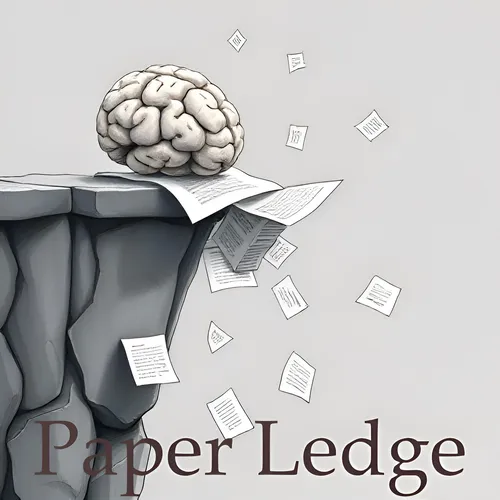Computer Vision - PixCuboid Room Layout Estimation from Multi-view Featuremetric Alignment
- Author
- ernestasposkus
- Published
- Thu 07 Aug 2025
- Episode Link
- https://www.paperledge.com/e/computer-vision-pixcuboid-room-layout-estimation-from-multi-view-featuremetric-alignment/
Hey PaperLedge crew, Ernis here, ready to dive into some fascinating research that's all about understanding the spaces around us! Today we're talking about a paper that tackles a pretty cool problem: how can computers figure out the layout of a room, just by looking at pictures?
Now, you might be thinking, "Ernis, I can do that in a heartbeat!" And you're right, we can. But getting computers to "see" like we do is a huge challenge. This paper introduces something called PixCuboid, a new way to estimate the layout of rooms, especially those basic cuboid shapes we often find.
Think of it like this: imagine you're trying to describe a room to someone over the phone. You might say, "Okay, it's pretty much a box, with a door on one wall and a window on another." PixCuboid is trying to do something similar, but instead of using words, it's using images and some clever math.
What makes PixCuboid special? Well, a lot of existing methods rely on seeing the whole room in one go, like a panoramic photo. But PixCuboid can piece things together from multiple viewpoints, like looking at the room from different angles. It's like solving a puzzle with pieces that only show parts of the picture!
Here's the real magic: PixCuboid uses something called "deep learning." This is like teaching the computer to recognize patterns in the images that help it understand the room's shape. They train the system to find features in the images that are super helpful for figuring out the room's boundaries, and they do it in a way that makes the whole process very smooth and efficient. It's like tuning a guitar so that every note resonates perfectly.
"By training with the optimization end-to-end, we learn feature maps that yield large convergence basins and smooth loss landscapes in the alignment."
Okay, that sounds a bit technical, right? Let's break it down. Basically, they've figured out a way to train the computer so it can quickly and accurately find the correct room layout, even if it starts with a rough guess.
Now, the researchers needed a way to test how well PixCuboid worked. So, they created two new benchmarks based on existing datasets called ScanNet++ and 2D-3D-Semantics. These benchmarks include detailed, verified 3D models of rooms, which allowed them to compare PixCuboid's estimates to the real thing.
And guess what? PixCuboid significantly outperformed other methods! That's a big win.
But the coolest part is that even though PixCuboid was trained on single rooms, the researchers were able to adapt it to estimate the layout of multiple rooms, like in an apartment or office. That’s a really cool bonus.
So, why does this matter? Well, think about all the applications:
- For architects and interior designers: Quickly creating 3D models from photos.
- For robotics: Helping robots navigate and understand their environment.
- For augmented reality: Seamlessly overlaying virtual objects onto real-world spaces.
- For creating virtual tours: Letting people explore places remotely.
The possibilities are pretty exciting!
You can even check out their code and models on Github: https://github.com/ghanning/PixCuboid if you want to play around with it yourself.
Here are a couple of things that really jumped out at me:
- The ability of PixCuboid to handle multi-view images. It's a big step forward, since most real-world scenarios don't offer a perfect panoramic view.
- The fact that it extends to multi-room layouts really shows the potential of the technique.
So, some things that might come up in our discussion: How could this technology be used to help people with visual impairments navigate indoor spaces? And what are some of the ethical considerations of using AI to map and understand our homes?
I'm really excited to hear what you all think about PixCuboid! Let me know in the comments, and be sure to check out the paper itself for all the juicy details. Until next time, keep learning!
Credit to Paper authors: Gustav Hanning, Kalle Åström, Viktor Larsson
